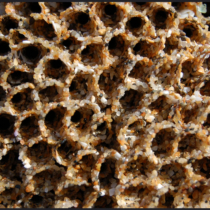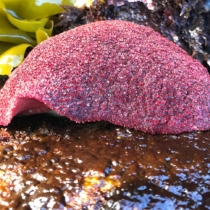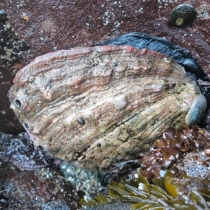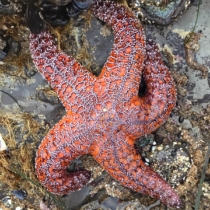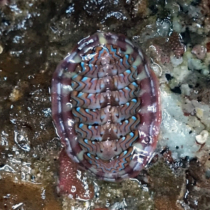Monterey Bay National Marine Sanctuary embraces a 276-mile-long stretch of the central California coast from the Marin Headlands south to Cambria, and from the seashore to an average 35 miles offshore.
Its northern shores are lined with pocket beaches and steep bluffs. The shoreline of Monterey Bay itself is a long crescent-shaped beach punctuated in the middle by Elkhorn Slough. Rugged rocky shores line its southern coast where steep mountains rise from the edge of the sea. Underwater, its major feature is the huge Monterey Canyon. From its head near where Elkhorn Slough meets the bay, the canyon meanders 60 miles out to sea, cutting a trench one mile deep.
The sanctuary contains a great diversity of habitats and marine life. More than 450 species of algae grow here. And 33 species of marine mammals, 94 species of seabirds, 345 species of fish, four species of sea turtles and thousands of invertebrates have been recorded in its waters. Some live here year round. Others visit seasonally or migrate through. When the California Current runs strongly, it carries cold-water animals, down from the north. When it weakens in late summer, the warm water brings sea turtles, swarms of jellies and other plants and animals up from the south.
Easily seen from shore, some 2,000 sea otters live in kelp beds along the coast here. In winter and spring gray whales can be spotted from high bluffs. Visitors who venture offshore in boats can find blue and humpback whales, along with seabirds, killer whales and other dolphins. Divers find unspoiled kelp forests filled with a dazzling array of fishes and invertebrates. The sanctuary’s rich waters also support important commercial and sport fisheries for market squid, salmon, rockfish and other species.


